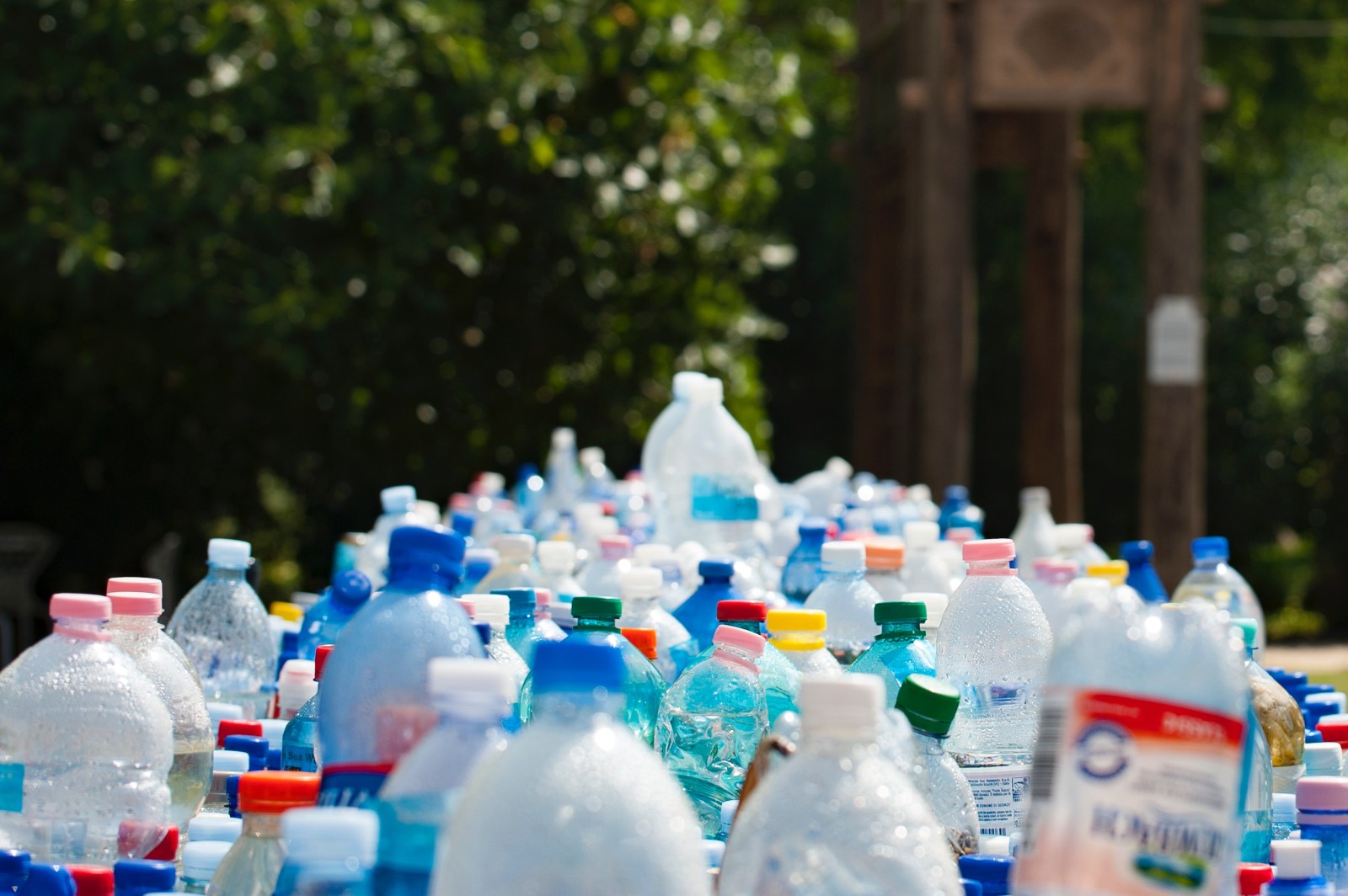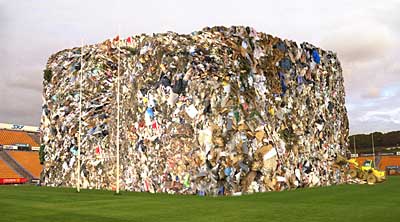Recycling: shall we love it or not?


During the past few months the industry has spoken more and more about selective collection and recycling. It is very nice of it. But let’s not forget that the industry’s elementary economic interest is to minimise its secondary and final products, to have less expenses because of waste, furthermore to get some income from the recyclable materials. This should not be called selective collection, since during the process of production homogeneous materials are produced as secondary materials. But what about the real, the communal selective collection? While there is a demand, moreover a market competition for the recovery of the homogeneous and clean industrial waste, which is produced in larger amount and more concentrated, communal waste can hardly been passed away even after being disposed selectively. We can hardly talk about sale and the income of selling waste materials is covering only a small fraction of the selective collection programs’ expenses.
The industry, too, knows this well, so no wonder that during the modifications of the law on product fees the rate of communal collection was slowly cut down (first the 20% was brought down to 8%, then it was completely extinguished). The intention is obvious: they are concentrating only on industrial waste, because its quantity and composition are predictable.
Yet, the recycling rate, given by the European Union can’t be fulfilled without communal waste. Of course, if less waste would be created…. By the way, how much waste of packaging is produced now in Hungary? The government does not have a clue and the industry says whatever it wants to. Its interest is to keep this number at a low level, so it has been speaking about 800 000 tons, while it is easy to notice the incredible increase of the quantity of packaging…
In Hungary – according to some statistics – we recover almost 50% of the produced packaging waste. However, HuMuSz takes this statement with a pinch of salt, because we can not really see the necessary background to fulfill this 50% recovery. In the case of paper we can talk about one or two paper factories, but the recycling of plastic bottles are happening in the Far East in quite questionable circumstances. The situation of glass is similar, because practically there is no recovery background for it in Hungary. The information in Hungary about the recycling of cans is also controversial. Unfortunately, during the last 15 years the development of waste management, recycling rates, and quantity have not been following the extreme increase of the communal waste. Moreover, there has been a step back in certain fields, since the delivery prices, the incomes from the sale of usable waste have been falling for several years.
Practically, the state has left the Hungarian support system and it has trusted the so-called co-ordinating organisations (created of the waste producing and waste collecting companies) with the fulfilment of the prescribed collection rates. Although, we are members of the advisory body of some co-ordinating organisations (the bodies are obliged by law to invite NGOs), we still do not have access to the data concerning the quantity, the composition and the recovery of the disposed waste…
What does waste management mean for the industry and trade? Their message regarding waste management to the people reads as follows: we produce as much as we can, you buy our products, then dispose of your rubbish, then we recover it (a part of it on your expenses), and the rest goes to the landfills. Just trust us and you just keep consuming! From this point of view, selective waste management is basically a hidden encouragement of consumption and calming our conscience. We produce, the GDP is rising, we dispose of and recover waste and the GDP is rising continually. But the condition of our environment is further deteriorating in both cases…
Selective waste management (in its current form) is the sport of the welfare states at the expense of the developing countries, since there is not enough capacity in the background industry or it is not worth processing what the hardworking inhabitants collect. Is it really a satisfying solution that the material of the plastic bottles, selected by the inhabitants of Budapest, is taken to China? Apart from the exporting company who else is it profitable for? Is it good for the (global) environment? Is it ethical with the Chinese people and their environment? Or is it acceptable to take the selectively collected waste to the incinerator?
What could be the solution then?
Heretical ideas: reducing the release of packaging, standardization, reuse systems, refillable packaging, voluntary simplicity, clean technologies, taking common responsibilities, imposing and rationally redistributing green taxes based on life analysis. And, of course, recycling, but according to the principle of closeness and based on the really existing capacities.
